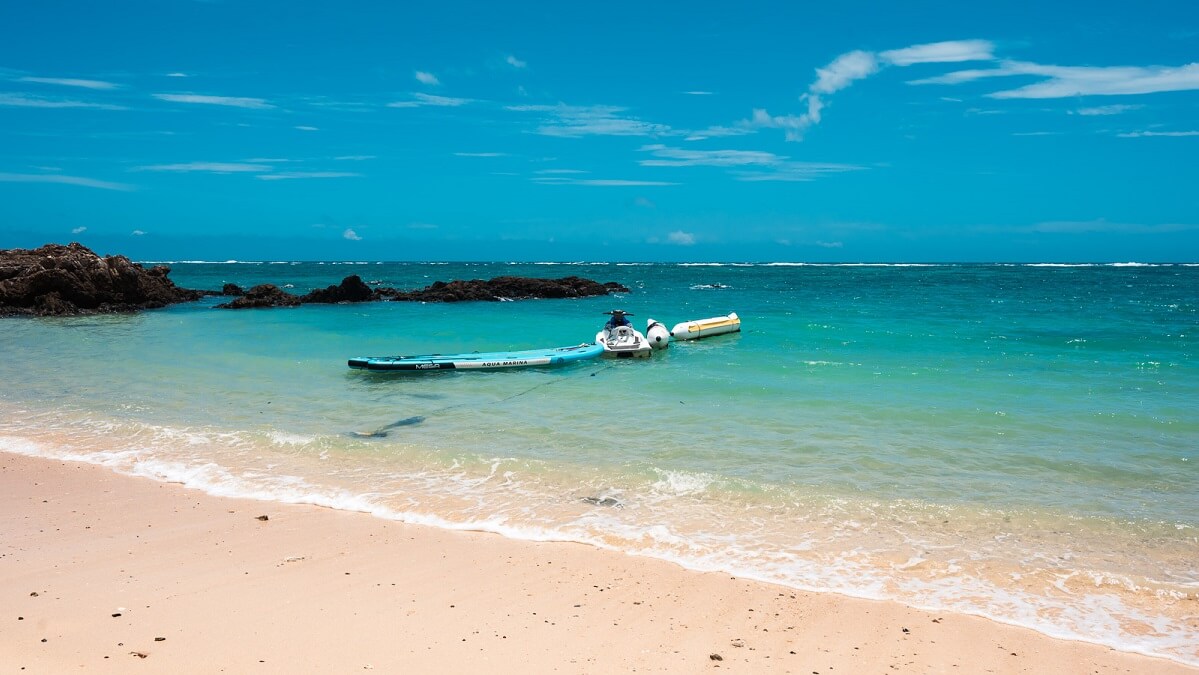Amami is a secret that is going to come out. With the shift in travel towards outdoor activities and less-crowded destinations, it won’t be long before the rest of the world finds out about the Amami Islands.
The Amami Islands are eight inhabited islands of the Ryukyu Islands belonging to Kagoshima Prefecture. They are just northeast of the islands of Okinawa and share the same ancient history as part of the Ryukyu Kingdom. However, the Amami Islands were lost to the Satsuma domain of mainland Kyushu in the early 17th century, and the culture of Amami slowly became a fusion of Ryukyu and Japanese cultures. This fusion has affected food, arts and crafts, and language, and has made Amami unique from both mainland Japan and Okinawa.
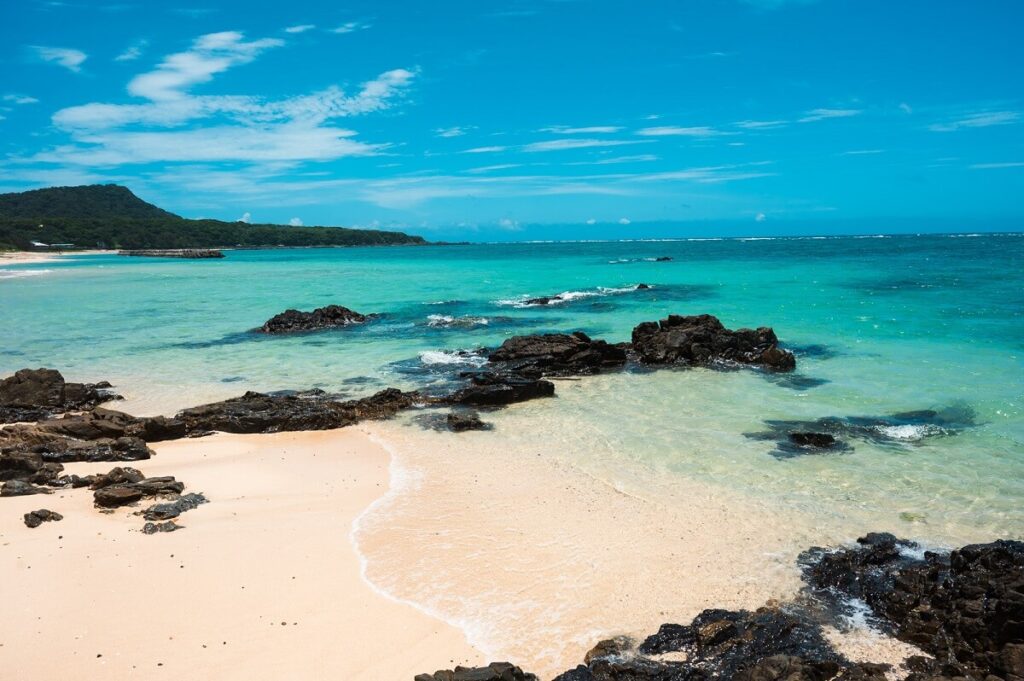
Most of the islands have small airports with island hopping flights from other islands including Okinawa and Kagoshima Airport on the mainland. Amami Oshima can be reached directly from several airports in Japan, including both airports in the Tokyo area. There are also ferries connecting various islands as well as service between Amami and Kagoshima.
Read: Discovering the Japanese resort town of Karuizawa
Perfect holiday destination
Amami offers the perfect opportunity to make a deeper connection with nature, the culture and the local people.
There are many opportunities to explore the pristine nature of the islands’ primeval forests, coral reefs, and limestone caves, with professional guides who know and care about the locations they are teaching visitors about.
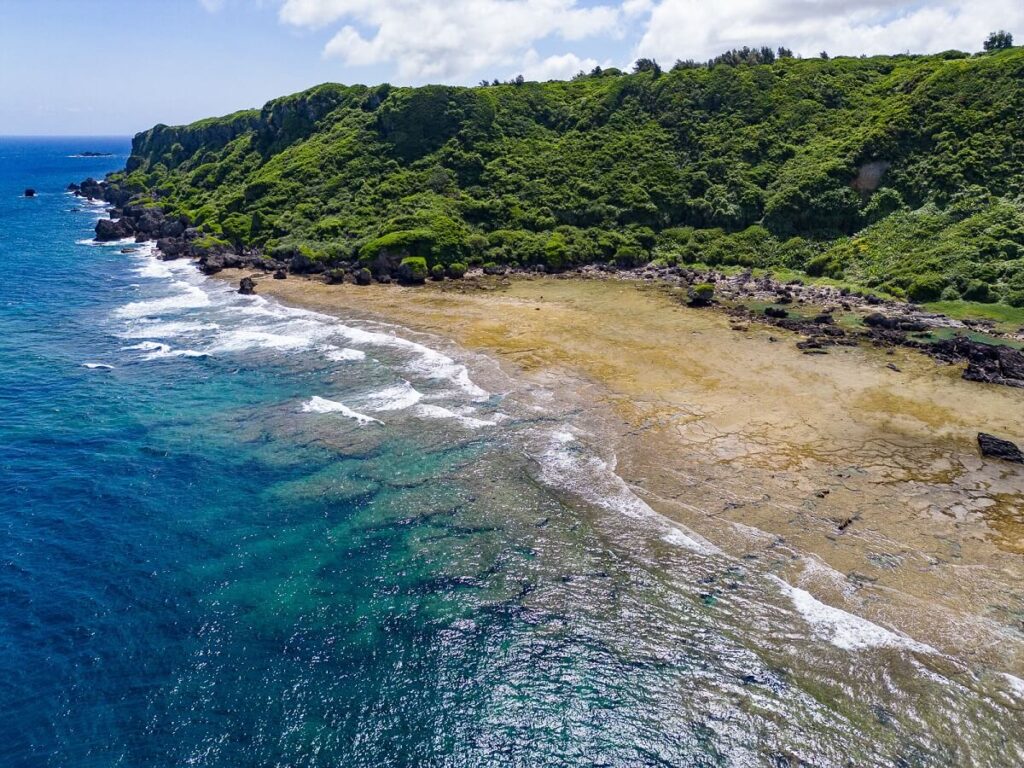
Local businesses and tourism organisations are always thinking about how to protect and preserve both the natural resources of the islands and the cultural heritage.
While there are not yet enough tourists to warrant limits on the fabulous activities available such as mangrove canoeing tours on Amami Oshima or cave exploration on Okinoerabu, the local companies conducting these tours are actively considering how and when to introduce restrictions to protect the natural beauty they are so proud to show others.
What to do in Amani
UNESCO’s designation of Amami Oshima and Tokunoshima cover both the dense subtropical rainforests of the islands and Oshima’s mangrove forests that grow along the rivers of the island’s interior.
The mangrove forests can be explored at the Mangrove Primeval Forest, a national park where visitors can take guided tours of the mangroves in canoes to get up close with the mostly unseen wildlife living beneath the canopy and in the river waters. You might even catch a glimpse of a sea turtle making its way upstream in search of a bite to eat.
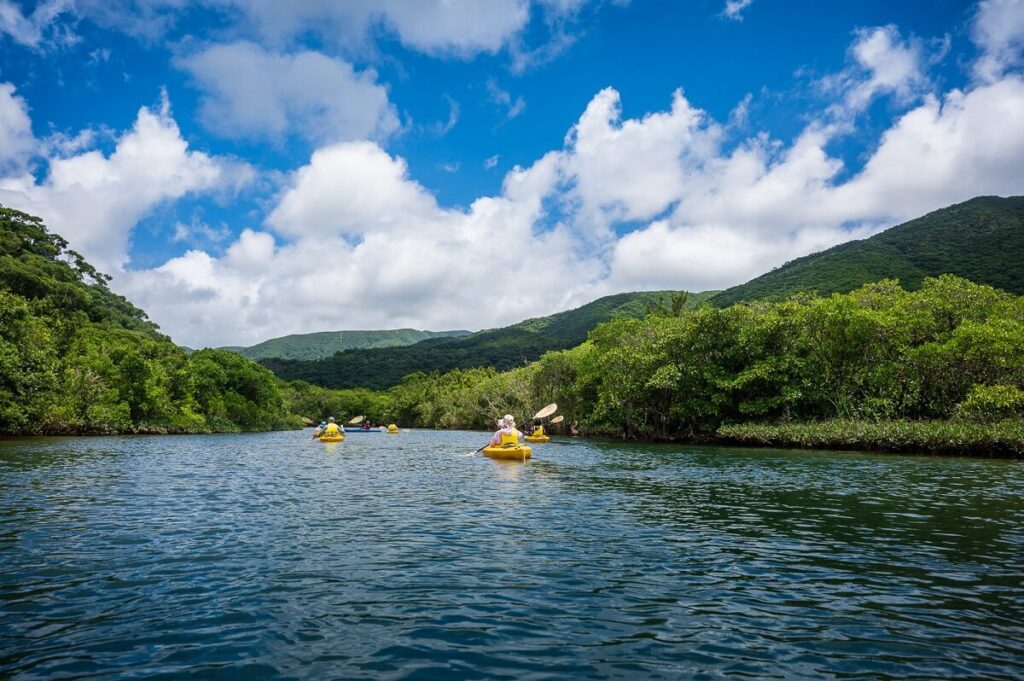
While you cannot enter the forests of Amami on your own, there are several ways to explore the subtropical forest with an experienced guide. Kinsaku Baru on Amami Oshima is a stretch of forest that is accessible to tourists who are accompanied by licensed guides. A limited number of reservations ensures that you’ll have a greater chance of encountering forest wildlife than other humans as you trek through the forest.
After dark, several companies offer night tours of the forest by car. You’ll almost certainly encounter the endangered Amami black rabbit feeding on the side of the road and, if you’re lucky, you’ll see other forest dwellers such as owls, snakes, rats, frogs, and flightless birds.
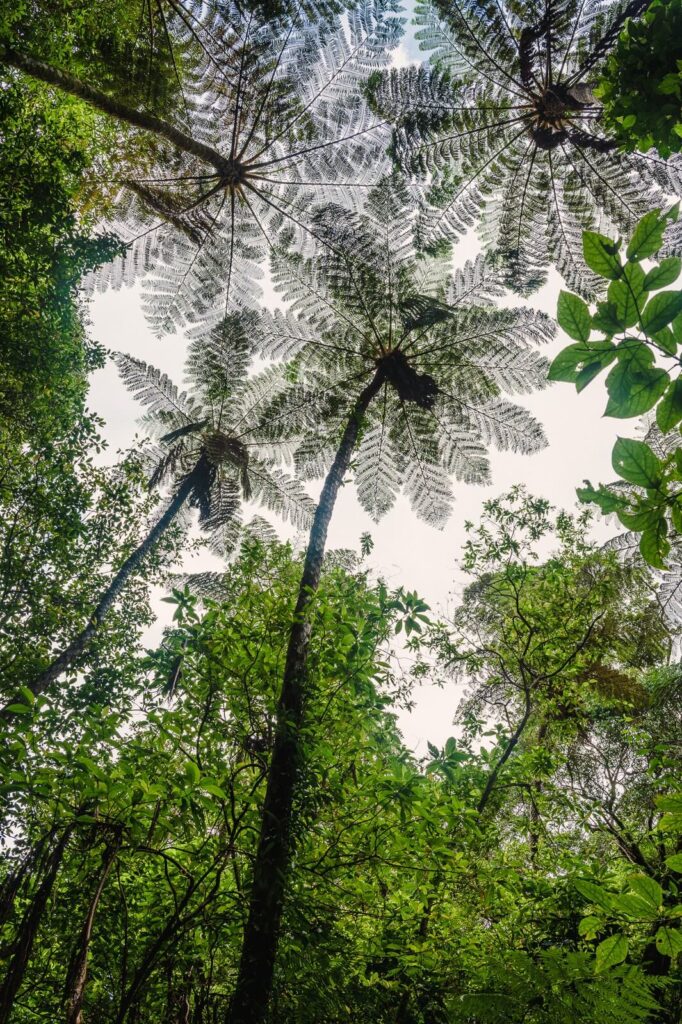
Discover Amami beneath the surface
Okinoerabujima and Kikaijima are notably coral islands, and the opportunities for snorkelling and diving are nearly endless along their shores. Kikaijima is home to a coral research institute where you can drop in and learn about the coral ecosystem.
Okinoerabujima has several tour companies that can take you diving or snorkelling with guides who are familiar with the favourite haunts of the sea turtles that live in the waters around the island.
Read: Culinary companion guides for Italy, Japan and Vietnam launched
The Amami Islands are also along a whale migration route, so whale spotting tours are available at certain times of the year.
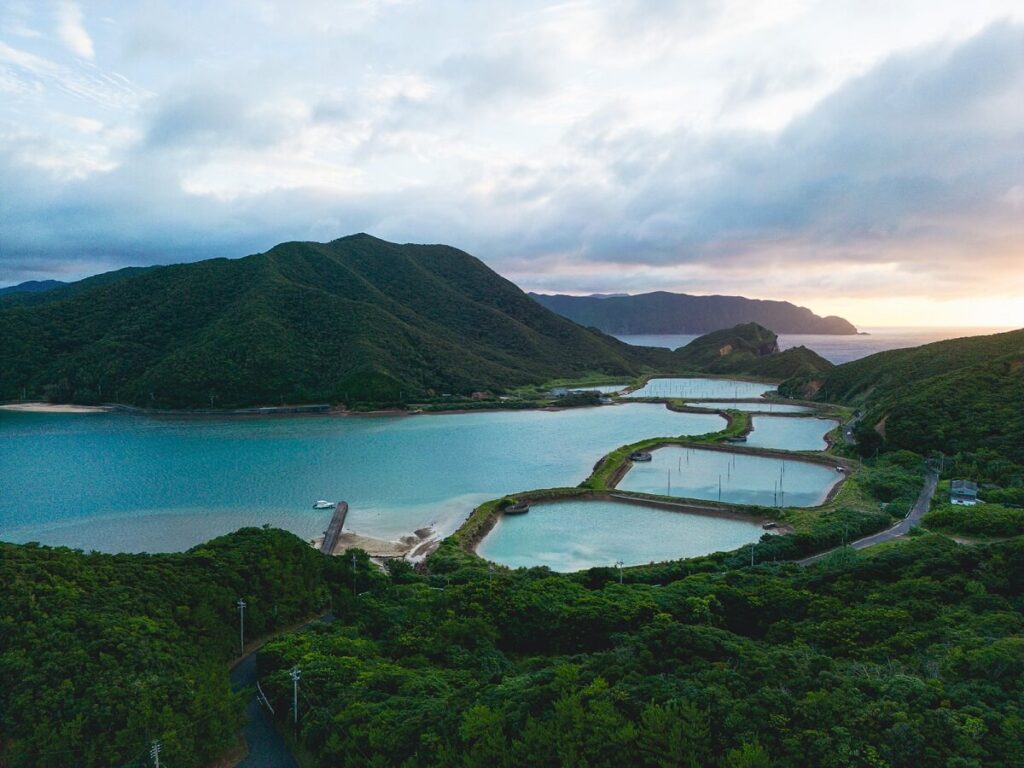
Okinoerabujima is also famous for its network of limestone caves. Tourists can wander along the paved paths lined with guard rails, or the more adventurous can take caving tours that can last up to four hours.
Learn traditional arts and craft
Due to the fusion of Ryukyu and mainland Japanese culture in the Amami Islands, unique arts and crafts have developed here. Like many Japanese arts and crafts, it takes artisans years to develop the skills to master them and finding young apprentices to carry on the traditions into the future has become a greater challenge.
The most famous craft of Amami is Oshima Tsumugi, a prized textile for making elegant kimono and other silk accessories. Oshima Tsumugi is known to be breathtakingly expensive, largely due to the production process. It can take an entire year to make enough fabric for a kimono. Oshima Tsumugi thread is dyed in the iron-rich mud of the island, but the process may need to be repeated 100 times to achieve the depth of colour the artisan desires.
Visitors can experience both the dyeing and weaving process in making Oshima Tsumugi, both of which produce a unique self-made souvenir to take home. Those who simply want to feel the elegance of wearing Oshima Tsumugi can opt for a kimono dressing experience complete with souvenir photos.
Read: Heal your body and soul with a trip to Japan
On Okinoerabujima, a spry artisan in her 80s carries on an even rarer form of textile production, Bashofu. Unlike Oshima Tsumugi, which requires silk thread brought from outside of the islands, Bashofu is an entirely local craft using the fibres of the Japanese banana tree, which are dyed using plants found on the island and woven into textiles.
Bashofu may lack the elegant appearance of Oshima Tsumugi, but its smoothness and breathability make it a highly prized textile for clothing and accessories, and no less valuable. And a visit to the workshop of the artisan who makes it is an absolute delight, with her warm hospitality, sharp wit, and animated storytelling.
Are you looking forward to heading to Japan now they are welcoming back visitors? Why not let us know in the comments section below?

